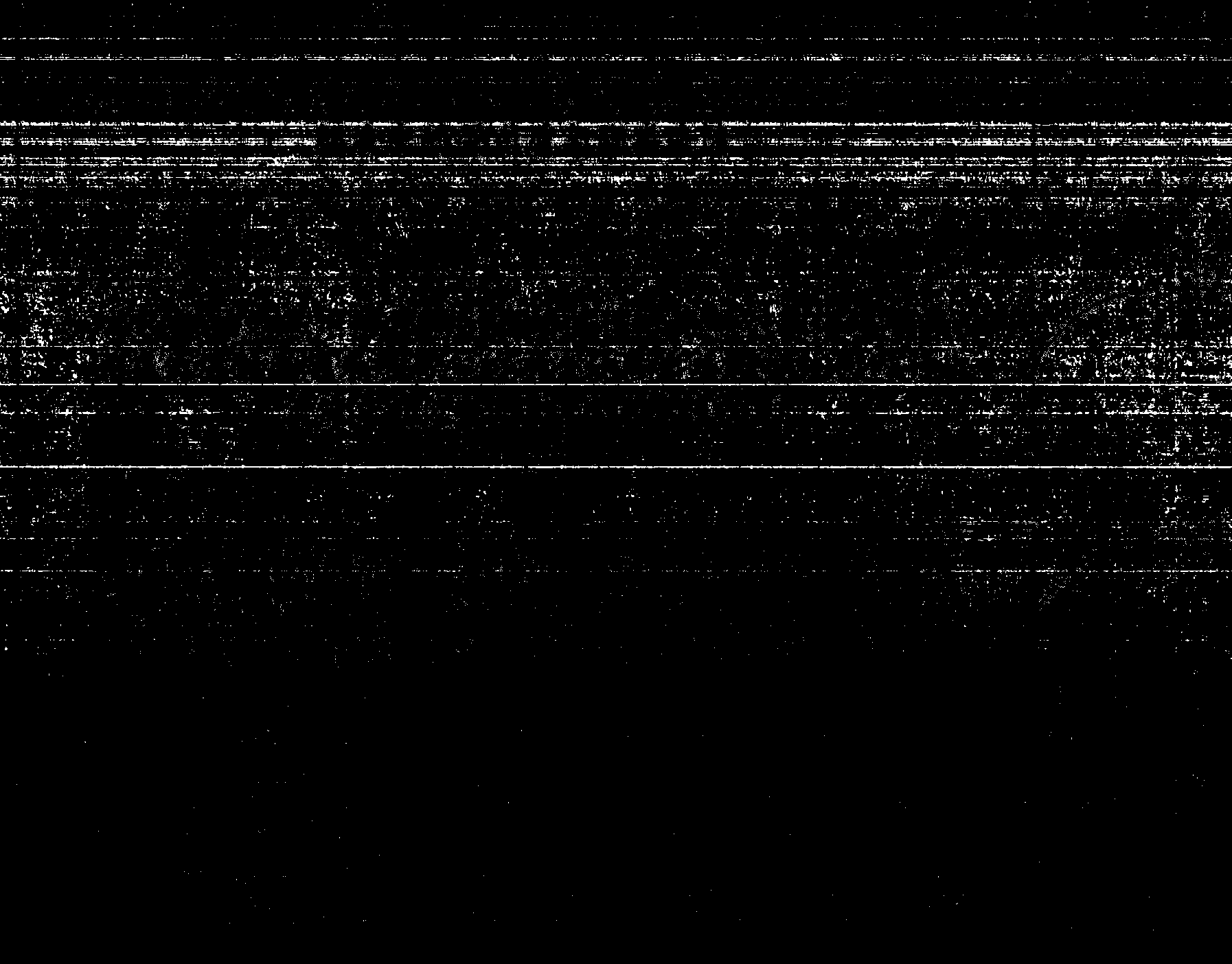Method for separating metagenome deoxyribonucleic acid (DNA) and total ribonucleic acid (RNA) of microorganism
A metagenomic and microbial technology, applied in the direction of recombinant DNA technology, DNA preparation, etc., can solve the problems of insufficient amount of nucleic acid required for analysis, deviation of analysis results, and low recovery rate, etc., to achieve unlimited capacity, good quality, and high recovery rate Effect
- Summary
- Abstract
- Description
- Claims
- Application Information
AI Technical Summary
Problems solved by technology
Method used
Image
Examples
Embodiment 1
[0029]In this example, the cell lysate used is a strain sample, and the strains used are all from the pure bacteria preserved in the strain bank of the Key Laboratory of Biometallurgy, Ministry of Education, School of Resource Biology, Central South University. Water (pH1-3 or so), can grow at a lower pH, has the ability to oxidize ferrous and sulfur, and is generally used in microbial hydrometallurgical production; among them, Acidithiobacillus.ferrooxidans (A.f) is acidophilic ferrous oxide Thiobacillus, the optimum growth temperature is 25-30°C, the optimum pH is 1.5-2, and obtains energy from ferrous oxide ions; The optimum pH is 2-2.5, using reduced sulfide and elemental sulfur as energy substances; At.albertlensis (A.t) is mesophilic acidophilus Thiobacillus acidophilus, the optimum growth temperature is 30°C, the optimum pH is 1.8, using elemental sulfur and reduced form Sulfide growth; Leptospirillum.ferriphilium (L.f) is an iron-loving Leptospira, with an optimum grow...
Embodiment 2
[0046] In this embodiment, the cell lysate used is environmental samples, such as water samples and mud samples in mining areas. Its specific steps are consistent with those in Example 1.
[0047] image 3 3a is M, using lithium chloride to separate the DNA of copper mine water samples I, II, gold mine water samples and mud samples; 3b is M, using lithium chloride to separate copper mine water samples I, II, gold mine water samples and It can be seen from the figure that the RNA of the mud sample can be successfully separated into large fragments of DNA and small fragments of RNA by using this method to successfully separate nucleic acids (including DNA and RNA) simultaneously extracted from environmental samples.
[0048] The test results can be compared with the examples as follows.
[0049] Figure 6 The 6a bands in the middle are M, blank control, A.f(1), A.c(2), A.t(3) and copper mine water samples II(4), I(5) and gold mine water samples (6) and mud samples (7) Revers...
PUM
 Login to View More
Login to View More Abstract
Description
Claims
Application Information
 Login to View More
Login to View More - R&D
- Intellectual Property
- Life Sciences
- Materials
- Tech Scout
- Unparalleled Data Quality
- Higher Quality Content
- 60% Fewer Hallucinations
Browse by: Latest US Patents, China's latest patents, Technical Efficacy Thesaurus, Application Domain, Technology Topic, Popular Technical Reports.
© 2025 PatSnap. All rights reserved.Legal|Privacy policy|Modern Slavery Act Transparency Statement|Sitemap|About US| Contact US: help@patsnap.com



